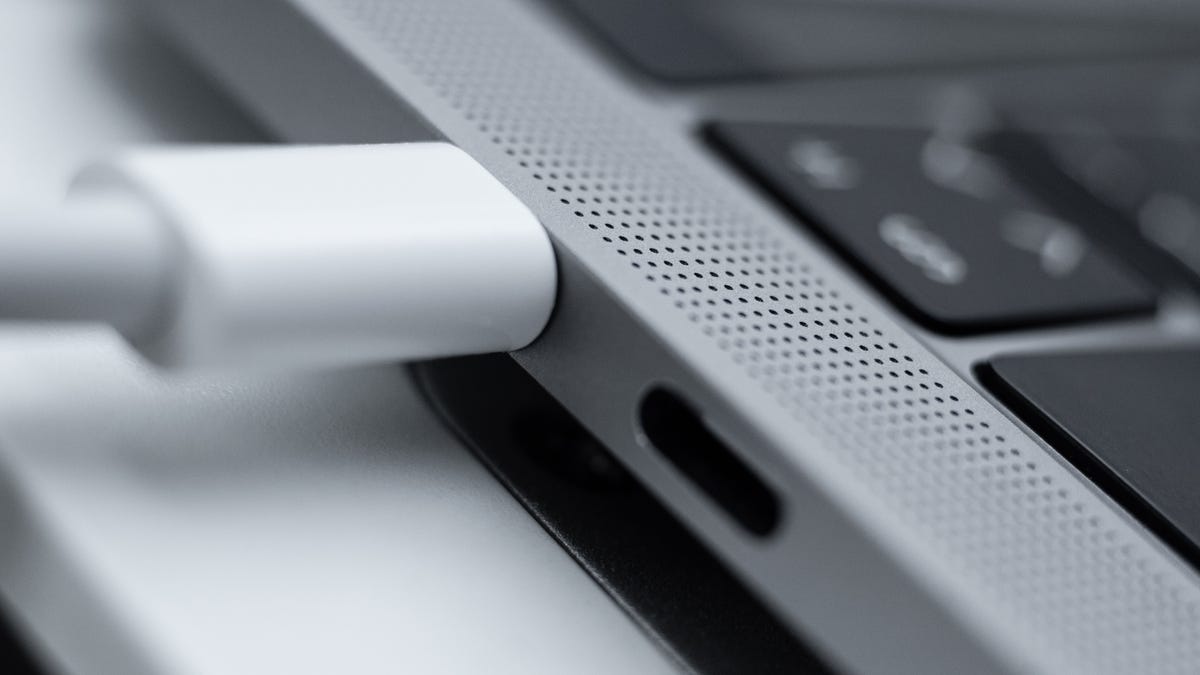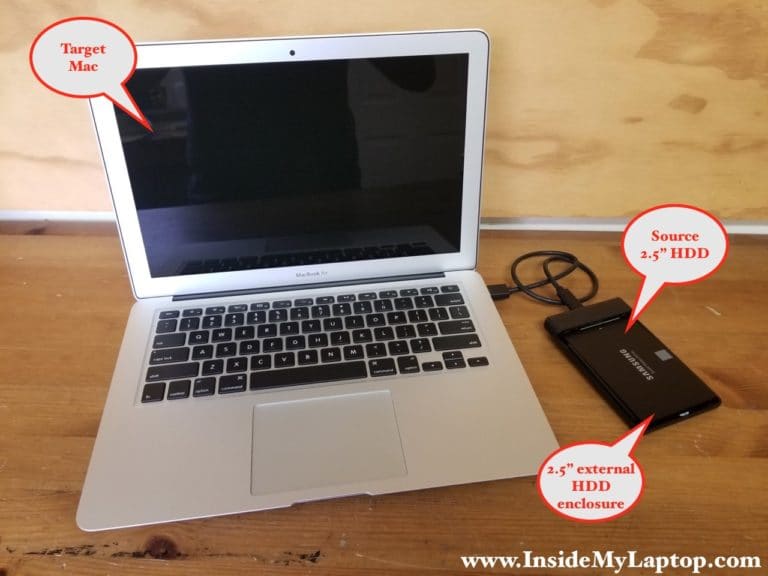

That leaves power charging as the biggest reason for plugging a cable into an iOS device, and that issue may be solved by induction or truly wireless charging before USB-C becomes completely and universally adopted.

WiFi sync, AirDrop photo and file transfers and iCloud based sharing are all more convenient than plugging in a cable. At the same time, there's a lot you can now do wirelessly rather than needing to plug in a cable.

The fact that basic USB 3.0 connectivity can be supported on existing Lightning connectors and legacy USB ports suggests that iOS devices might not make the switch as quick, requiring a longer transition period of using adapters. For iOS devices, USB-C offers less of an attraction, given that they can't support Thunderbolt 3 connectivity (which requires an Intel processor) and don't need DisplayPort video output to external displays.


 0 kommentar(er)
0 kommentar(er)
